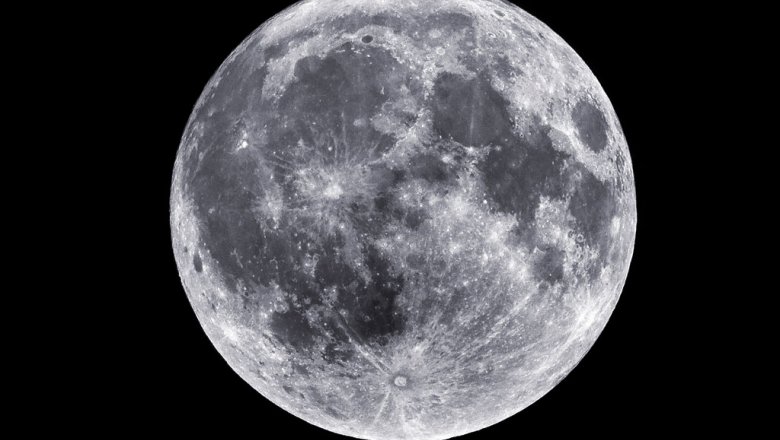The origin of the moon tested the first atomic explosion
American and French scientists have discovered a similarity between the first explosion of the atomic bomb and the formation of the moon. A study published in the journal Science Advances, briefly about it, reports the University of California, San Diego (USA).

Experts came to the conclusion that the collision of Earth and a large celestial body, which formed the Moon, light atoms were thrown into space, and heavy settled on originated the satellite of the planet.
To such conclusion scientists have come, having analysed the consequences of testing of the first atomic bomb, the explosion which was produced in July 1945 at the Alamogordo landfill in new Mexico (USA).
The explosion was created by pressure (two thousand atmospheres) and temperature (1.3 thousand degrees Celsius), most closely meets that of the collision of the planet and protopunica.
The study formed after testing of the samples showed that the proportion of contained isotopes of zinc increases with distance from the epicenter. On the other hand, the proportion of heavy metals in the same direction decreased.
In samples of lunar soil, delivered to the planet the Apollo missions, contain more heavy isotopes than the lungs, compared to terrestrial rocks. Thus the work of specialists confirms the popular hypothesis about the formation of the moon the result of a frontal collision of the Earth and some massive celestial body (planet Theia).